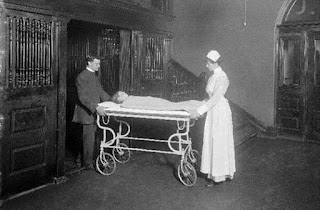agnosed with type 1 diabetes was a death sentence
There was once a time when being diagnosed with type 1 diabetes was a death sentence. The ancient Egyptians first described the disease more than 3,000 years ago.
During the many centuries that followed, parents would helplessly watch as their diabetic children slipped into comas and died.
By the 18th century, doctors discovered that a heavily modified diet could slow the disease. Many children were placed on starvation diets with limited carbs, which helped prolong their lives. However, such treatments were not very effective, and some children even starved to death.
Fast forward to 1922, when a group of scientists went to the Toronto General Hospital, where diabetic children were kept in wards, often 50 or more at a time. Most of them were comatose and dying from diabetes. These children were in their deathbeds.
The scientists moved swiftly and proceeded to inject each of them with a new purified extract of insulin that they were able to successfully isolate.
As they began to inject the last comatose child, the first one that was injected began to wake up. Soon, all the children in the room began to wake up—one by one!
The scientists responsible for saving the children's lives were Frederick Banting and Charles Best. They both agreed that it would be unethical to profit from a discovery that could potentially save millions of lives. They sold the insulin patent to the University of Toronto for $1.
"Insulin belongs to the world, not me," said Banting.





Comments
Post a Comment